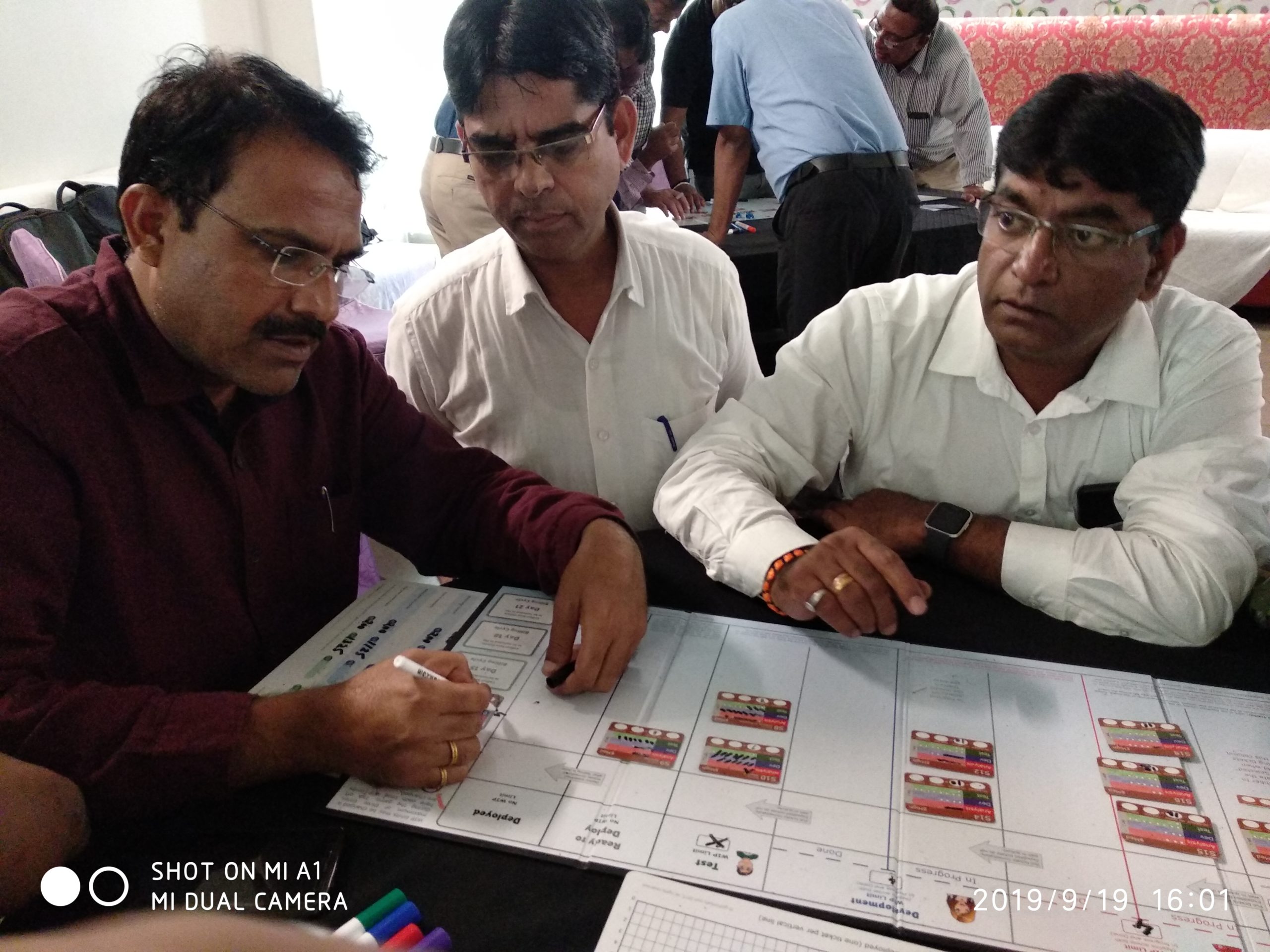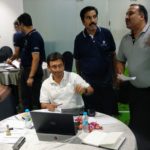June 2019 my team traveled to one of the historical and biggest cities in Western India. One of the CEOs of a British MNC had invited us for a “needs assessment” and “training needs assessment” (yes you read it right – both are different. Training Needs Assessment is a subset of Needs Assessment). He wanted us to interview his first line and second line of leaders. The aim was to design L&D interventions which would be strategically aligned to business objectives and strategies.
We spent 2 days interviewing dozens of people. We realized the pain the newly appointed CEO was going through. His biggest pain – the order book is full, but deliveries are not happening on time irrespective of having all the resources.
His list of pains were getting endless…
- Teams were working in silos
- There was inconsistency in product quality
- Interdepartmental follow-ups were eating up a lot of valuable time
- Asking help from fellow colleagues was considered taboo
- Sales team – without considering the production capabilities were saying ‘yes’ to every new product development request
- Leaders were working 2 levels below of what they were expected to do
- The sales team was losing the confidence of delivering orders on time
- Management was working on 20 things at a time. There was nothing unimportant, because for them everything was important
- The Time to Market were much higher as compared rookie competitors
- Local and newly mushroomed competitors were developing and delivering new products at a much faster rate
This was a classic case of how Davids were giving a tough fight to a 130-year-old Goliath of the industry.
The organization was disintegrated, fractured and into pieces.
Every leader was having his version of purpose.
Every leader had different financial goals in his mind.
Every leader was walking on his self-made strategy without considering others.
It was pretty evident that the connecting thread among the departments was missing. We as a team of behavioral experts had an opportunity of seeing all this from a distance so were able to see what was exactly happening, but leaders couldn’t.
Before going ahead with any of the solutions we wished to take the buy-in of leaders, without which any new initiative would back-fire. So with CEO’s blessings we decided to launch a 2-day intervention called NuTurns Navigator. The 1st objective of this simulation based intervention was to connect the functions by co-creating a unifying purpose, mutually agreeable future elements and laser focused departmental goals.
The 2nd objective was to get the key ingredients for designing the future L&D interventions from the leaders themselves.
NuTurns Navigator, a 2 day intervention was executed. It was a great success!
Leaders and teams collaborated to create a powerful, meaningful and inspiring purpose – We shape the world through efficient melting solutions.
The leaders peeked into the future to see where they would like to be in terms of profits, products, patents, people, brand, customers, technology, and the future skills.
The leaders along with their teams co-created their focused areas of next 6 months to realize the new future of their organization.
To realize the 2nd objective the leaders were asked to wrestle with a very unusual question “What could stop you from realizing your (organizational) new future?”. Through a very carefully facilitated session the leaders came up with brutally honest answers which gave us the cue for designing and developing the future L&D interventions.
One of the key obstacle they were struggling was – working in silos.
For us, the next challenge was to make functions work in a single direction to achieve the common purpose. We had to stitch the departments together with a common thread. So we used the time-tested, dependable and demonstrable Japanese system called ‘Kanban’ to make departments work their focused areas and to collaborate interdepartmentally.
The leaders came forward (though this time more enthusiastically) for a next 2 day simulation – to learn, play and Kanbanize their existing processes and systems to form one collaborative unit.
Through Kanban simulation game the leaders experientially learned…
- How Kanban pulls work in a system through Kanban signals
- How Kanban is a powerful and simple visual management system
- How Kanban is not just for shop floor, but for all departments and functions which are nicely knit together to achieve the desired objectives
- Why Kanban suggests to “Manage work and let people self-organize around work”
- How change is introduced without changing the existing system
- How the practicality of “Stop Starting, Start Finishing” mantra helps in producing quality and timely products & services with higher predictability
After application of leanings in a simulated Kanban board game, each function co-created its smart and visually appealing Kanban board. Each board was unique in design. Each board portrayed the workflow of each of the departments with well-defined Kanban signals, work-in-progress limits, classes of service and policies. Under the eye of a veteran Kanban trainer and a coach, teams were facilitated to create simple personal Kanban boards and complex aggregate team Kanban boards.
At the end of the program the teams carried their Kanban boards into their offices for daily Kanban stand up meetings and to track their workflow in a more efficient way! The Kanban Way!
2 Weeks Post Kanban simulation…
teams continued tracking their work on their respective Kanban boards. The Kanban system was followed and practiced by all the functions: legal and secretarial, finance, projects and OPEX, HR and administration, production, customer service, sales, and logistics. Most of the HODs took the great initiative of training their teams on Kanban principles and its application.

Everything was visual. There was no work which was invisible. Everybody could see the progress of their work. Teams started collaborating by helping their colleagues and departments on the tasks which were stuck not flowing. The dependencies on each department became very much visible.
The OPEX and Projects team shared their feedback on the Kanban system.
“We have started meeting with Kanban board for OPEX. We are not missing any points of review and day by day less time is required for review. Work is moving faster.”
We are NuTurns we very much excited meet all the HODs for the 1st review of their Kanban Boards and design a plan to move them to the next level of Kanban Maturity Model.

